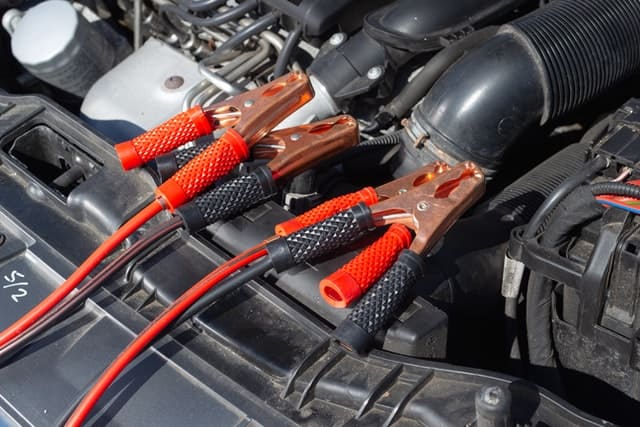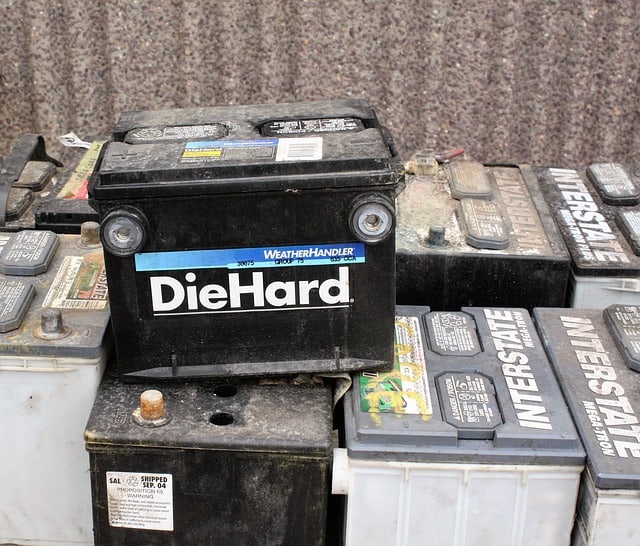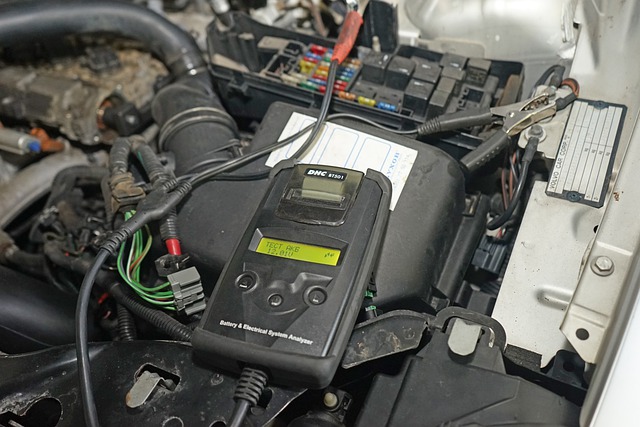Last Updated on March 1, 2025 by Nate Schnell
A dead car battery can leave you stranded at the worst possible moment. If your battery keeps dying and won’t hold a charge, replacing it is often the best solution. While jump-starting might get you going temporarily, a failing battery will eventually stop working entirely. Learning how to replace a car battery properly can save you time and prevent unexpected breakdowns.
Signs That Your Battery Needs Replacement
A dead battery is more than just an inconvenience—it’s a sign that your vehicle’s electrical system isn’t getting the power it needs. You may notice dim headlights, slow engine cranking, or dashboard warning lights. In some cases, your car won’t start at all. If your battery is more than three years old and has been repeatedly dying, replacement is the best option.
How to Test Your Battery Before Replacing It
Before you replace your battery, it’s important to confirm that it’s actually the problem and not your alternator. A faulty alternator can prevent the battery from charging properly, leading to similar symptoms. Using a multimeter, you can quickly determine if the battery is dead or if another issue is causing the problem.
Testing a Car Battery with a Multimeter
- Turn off the engine and remove the key.
- Set your multimeter to 20 volts DC.
- Connect the red probe to the positive terminal and the black probe to the negative terminal.
- If the reading is below 12.6 volts, the battery is weak or dead.
Testing the Alternator
- Start the engine and keep the multimeter connected.
- A properly functioning alternator should produce between 13.7 and 14.7 volts.
- If the reading is lower, your alternator may not be charging the battery correctly.
If your alternator is working fine but your battery won’t hold a charge, proceed with replacing the battery.
How to Replace a Car Battery
Tools You’ll Need:
- A new car battery (match the size and specifications for your vehicle)
- A wrench (typically 10mm) or socket set
- Protective gloves and safety glasses
- Battery terminal cleaner or wire brush
- Baking soda and water (for cleaning corrosion)
Step 1: Turn Off the Engine
Always turn off your car before replacing the battery to prevent electrical shocks or short circuits.
Step 2: Disconnect the Battery Terminals
- Start by disconnecting the negative (-) terminal first. Use a wrench to loosen the nut and pull the cable away from the battery post.
- Disconnect the positive (+) terminal next using the same process.
Step 3: Remove the Old Battery
- Unscrew any fasteners or hold-down clamps securing the battery.
- Carefully lift the battery out of the tray. Car batteries are heavy, so use both hands to avoid dropping it.
Step 4: Clean the Battery Terminals
- Inspect the battery terminals for corrosion. If there’s buildup, clean it with a mixture of baking soda and water.
- Use a wire brush to scrub off any residue and ensure a strong connection for the new battery.
Step 5: Install the New Battery
- Place the new battery into the battery tray.
- Secure it with hold-down clamps to prevent movement while driving.
Step 6: Reconnect the Terminals
- Connect the positive (+) terminal first and tighten it securely.
- Connect the negative (-) terminal next and tighten it firmly.
- Double-check that both connections are snug and won’t come loose.
Step 7: Start the Car
Turn on your car to verify that the new battery is working properly. If everything is functioning as expected, you’re good to go.
Can You Recharge a Dead Battery Instead of Replacing It?
A completely dead battery that won’t hold a charge typically cannot be revived. While jump-starting can temporarily get your car running, a failing battery will eventually stop working again. If your battery is older or has been drained multiple times, replacing it is the most reliable solution to avoid getting stranded.
Preventing Future Battery Issues
To extend the life of your new battery, follow these simple maintenance tips:
- Keep the battery terminals clean and free of corrosion.
- Ensure the battery is securely fastened to prevent vibrations.
- Drive your car regularly to allow the alternator to recharge the battery.
- Avoid leaving lights or electronics on when the engine is off.
- If storing your car for long periods, use a battery maintainer to prevent discharge.
Final Thoughts
Replacing a dead car battery is a straightforward process that can save you time and money. By following these steps, you can ensure your vehicle remains reliable and ready to go when you need it. If your battery continues to die despite replacement, have your alternator and electrical system checked to rule out underlying issues.



